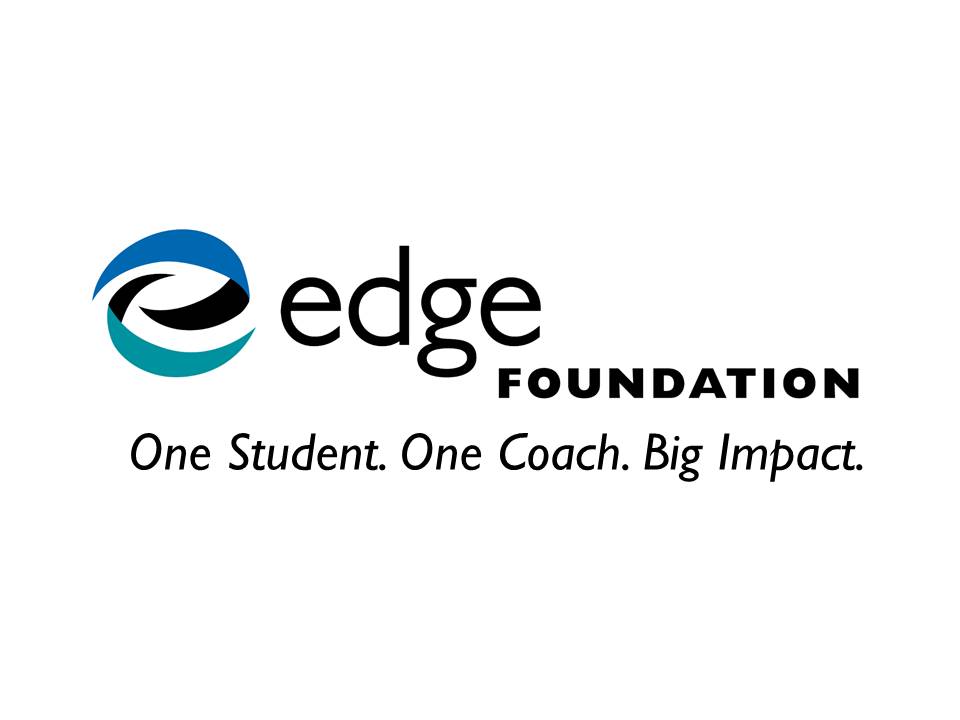
As someone living with ADHD, you might have noticed that certain physical activities can sometimes feel a bit more challenging. It’s not just about focusing on tasks or managing time; ADHD can also impact your gait and balance, a phenomenon often referred to as “postural sway,” meaning your body sways more to stay balanced. Understanding how this works and how it affects you or your child is crucial in developing strategies to improve stability and confidence in everyday movements.
The Impact of ADHD on Gait and Balance
ADHD doesn’t only influence your mind; it extends to how your body navigates the world. Gait and balance issues stem from the brain’s control over motor functions. To maintain balance, our body depends on our muscular and sensory systems. When the brain isn’t processing information efficiently from either of these systems, it can lead to greater postural sway and poorer balance.For individuals with ADHD, the cerebellum and other related neural networks that govern balance and coordination might not function as seamlessly as they do for others. This can lead to increased postural sway, meaning your body sways more when you’re trying to stand still.
In children, these challenges can manifest in various ways. You might notice that your child has difficulty standing still without fidgeting, or they may appear clumsy, frequently tripping or bumping into objects. During physical activities, they might struggle more with tasks that require balance, such as riding a bike, climbing, or even playing on playground equipment. These difficulties can sometimes lead to frustration or reluctance to participate in physical activities, impacting their social interactions and self-esteem.
For adults, the impact might be subtler but still significant. You might find that you have trouble standing still for extended periods, experience frequent stumbling, or feel unsteady on your feet. These issues can affect your confidence, particularly in situations that require precision and balance, like walking on uneven surfaces or engaging in certain sports. Additionally, the cognitive load required to maintain balance can be mentally exhausting, leading to quicker fatigue.
Strategies for Improving Postural Sway
Fortunately, there are several strategies you can implement to improve your gait and balance:
- Physical Therapy – Working with a physical therapist can provide targeted exercises that strengthen the muscles involved in maintaining balance. They can tailor a program specifically for your needs.
- Balance Training – Incorporate balance exercises into your routine. Activities like standing on one leg, using balance boards, or practicing yoga can help improve your stability over time.
- Core Strengthening – A strong core is essential for good balance. Exercises like planks, bridges, and Pilates can help build core strength, contributing to better postural control.
- Mindfulness and Focused Movement – Practicing mindfulness and being aware of your body movements can enhance your balance. Tai chi and certain forms of dance, which require focused and controlled movements, can be particularly beneficial.
- Consistent Practice – Like any skill, improving balance takes practice. Consistency is key, so try to incorporate these exercises into your daily routine.
- Sensory Integration Therapy – This can be especially useful for children. It involves activities that help them process sensory information more effectively, which can enhance their motor skills and balance.
- Adaptive Sports – Engaging in sports designed for individuals with ADHD or other motor coordination issues can provide a supportive environment to develop these skills. Sports like swimming, gymnastics, and martial arts are particularly beneficial for improving postural sway
Specialists Best Able to Treat Postural Sway in ADHD
In addition to your primary care provider, here are other specialists you may wish to consult for help with postural sway:
- Physical Therapists – Experts in developing and guiding exercise programs to improve motor skills, strength, and balance.
- Occupational Therapists – Professionals who focus on improving daily living and work skills through therapeutic techniques, including balance and coordination training.
- Pediatricians – For children, pediatricians can provide referrals to the appropriate specialists and coordinate care to address both ADHD and motor coordination issues.
- Exercise Physiologists – Specialists who design and implement exercise programs to improve physical fitness and motor function.
By consulting with these specialists, you can ensure a well-rounded approach to improving gait and balance issues that can occur with ADHD.
It’s important to approach these challenges with patience and persistence. Improvement takes time, but with consistent effort, you or your child can enhance your balance and gait, leading to greater confidence and ease in daily activities.
References
- https://www.healthline.com/health/fitness/postural-sway-adhd—
- https://www.ncbi.nlm.nih.gov/pmc/articles/PMC4474325/–
- https://psychcentral.com/adhd/postural-sway-adhd—
- https://www.medicalnewstoday.com/articles/postural-sway—
- https://chadd.org/adhd-in-the-news/postural-sway-how-adhd-and-anxiety-may-manifest-in-the-body/—


